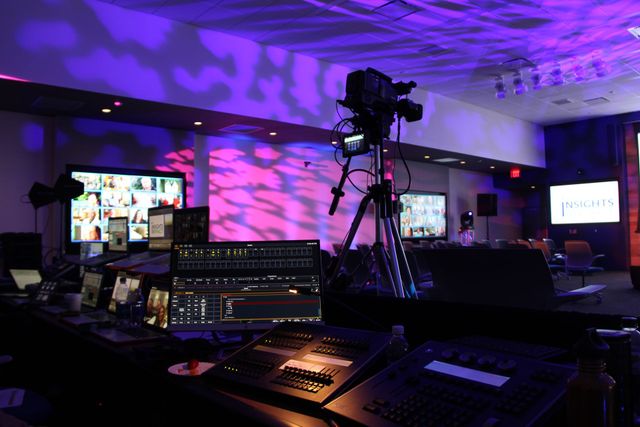Selecting the Ideal Dot Pitch for Maximum LED Wall Efficiency
Selecting the Ideal Dot Pitch for Maximum LED Wall Efficiency
Blog Article

As it comes to LED walls, a key most elements to take into account is pixel pitch. Dot pitch refers to the distance between the cores of two neighboring pixels on an LED display. This measurement is commonly expressed in millimeters. Understanding pixel pitch is crucial because it explicitly affects the resolution and sharpness of the visuals displayed. A smaller pixel pitch means that the pixels are nearer together, leading to a higher resolution, while a bigger pixel pitch yields in a diminished resolution. Thus, selecting the right pixel pitch is vital for obtaining optimal LED wall performance.
The selection of pixel pitch frequently depends on the viewing distance. For instance, if the light-emitting diode wall is intended to be viewed from a further away, a larger pixel pitch may be appropriate. This is due to the fact that the human eye cannot easily discern individual pixels when they are farther away. On the other hand, if the wall will be observed up nearby, a smaller pixel pitch is needed. In scenarios such as indoor events, where attendees are typically nearer to the screen, a smaller pixel pitch will provide a sharper and more distinct image. Hence, understanding how sight distance affects pixel pitch is critical to making an informed decision.
Another crucial factor is the planned use of the LED wall. Different applications, such as advertising, concerts, or conference meetings, may require varied pixel pitches. For example, an LED wall used for promotional purposes in a shopping center may benefit from a pixel pitch that facilitates lively colors and high detail so that it captures the focus of bystander shoppers. Conversely, an external LED wall used at a concert may prioritize brightness and visibility over resolution, permitting for a bigger pixel pitch. Thus, the specific context in which an LED wall will be used is vital for establishing the appropriate pixel pitch.
Pricing is also a significant factor when choosing pixel pitch. Typically, LED displays with smaller pixel pitches tend to be more costly due to the increased density of pixels and the best site advanced technology required for production. Although it may be tempting to opt for a high-resolution display with a small pixel pitch, financial constraints often require a balance between quality and price. Businesses should evaluate their needs and determine how much they are prepared to spend in an LED wall, ensuring that the pixel pitch matches with their budgetary capabilities while still meeting performance expectations.
Ultimately, it is essential to consider the maintenance and durability of the light-emitting diode wall when selecting pixel pitch. Displays with reduced pixel pitches can sometimes be more delicate and may require more careful handling and maintenance. Regular maintenance is necessary to ensure that the display functions optimally over time. Knowing the maintenance needs and potential challenges associated with varied pixel pitches can assist organizations make a more informed choice. By taking into account all these factors, including viewing distance, intended use, cost, and maintenance, one can choose the ideal pixel pitch for optimal LED wall performance.